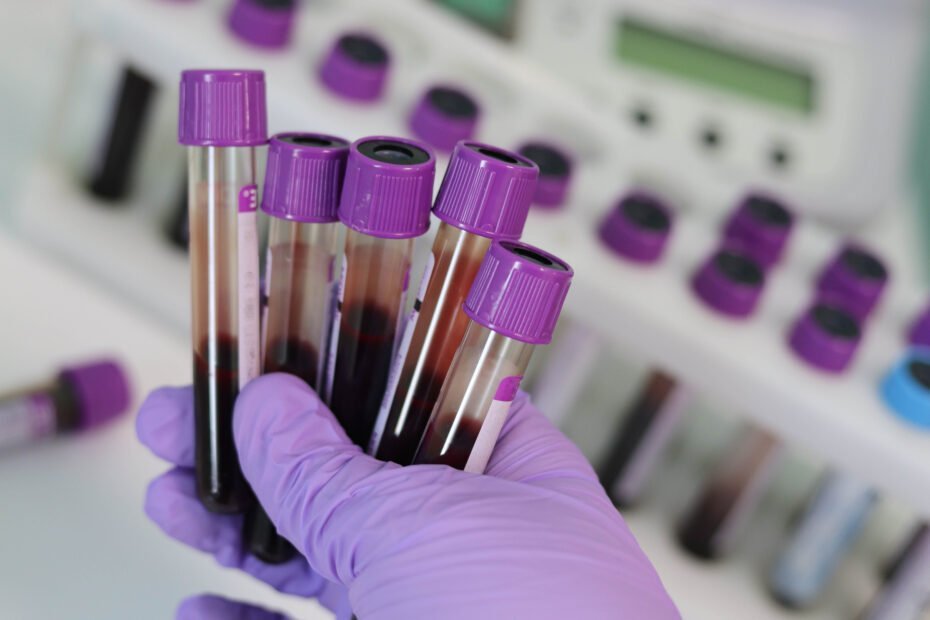Introduction: In the vast realm of life sciences and diagnostics, the analysis of biofluids plays a pivotal role. Biofluids, which include blood, saliva, urine, and cerebrospinal fluid, are rich sources of valuable information about the body’s physiological and pathological states. In this series, we embark on a journey to unravel the complexities of biofluids and their significance in diagnostics. In this first installment, our focus is on understanding different types of biofluids and the essential steps involved in generating samples for Enzyme-Linked Immunosorbent Assay (ELISA) analysis.
- Blood:
- Overview: Blood is a complex biofluid composed of various components, including red blood cells, white blood cells, platelets, and plasma.
- Significance: It serves as a carrier of nutrients, oxygen, hormones, and waste products.
- Sample Collection: Blood can be collected through venipuncture or fingerstick methods.
- Blood usually processed as plasma or serum.
- Saliva:
- Overview: Saliva is a fluid secreted by salivary glands containing enzymes, electrolytes, and antibacterial compounds.
- Significance: It reflects oral and systemic health and is non-invasively collected.
- Sample Collection: Saliva collection involves spitting into a collection tube or using specialized collection devices.
- Urine:
- Overview: Urine is a waste product formed by the kidneys, containing water, electrolytes, and metabolic waste.
- Significance: It provides insights into kidney function, hydration status, and metabolic processes.
- Sample Collection: Urine samples are typically collected in sterile containers.
- Cerebrospinal Fluid (CSF):
- Overview: CSF surrounds the brain and spinal cord, providing protection and nutritional support.
- Significance: CSF analysis aids in diagnosing neurological disorders and infections.
- Sample Collection: Lumbar puncture (spinal tap) is the common method for CSF collection.
Conclusion: As we begin our dive into the intricate world of biofluids and ELISA analysis, this first part lays the foundation for understanding different types of biofluids and the crucial steps involved in sample generation for ELISA. In the upcoming installments, we will delve deeper into advanced techniques, challenges, and emerging trends in biofluid analysis. Stay tuned for a comprehensive exploration of this fascinating field!
